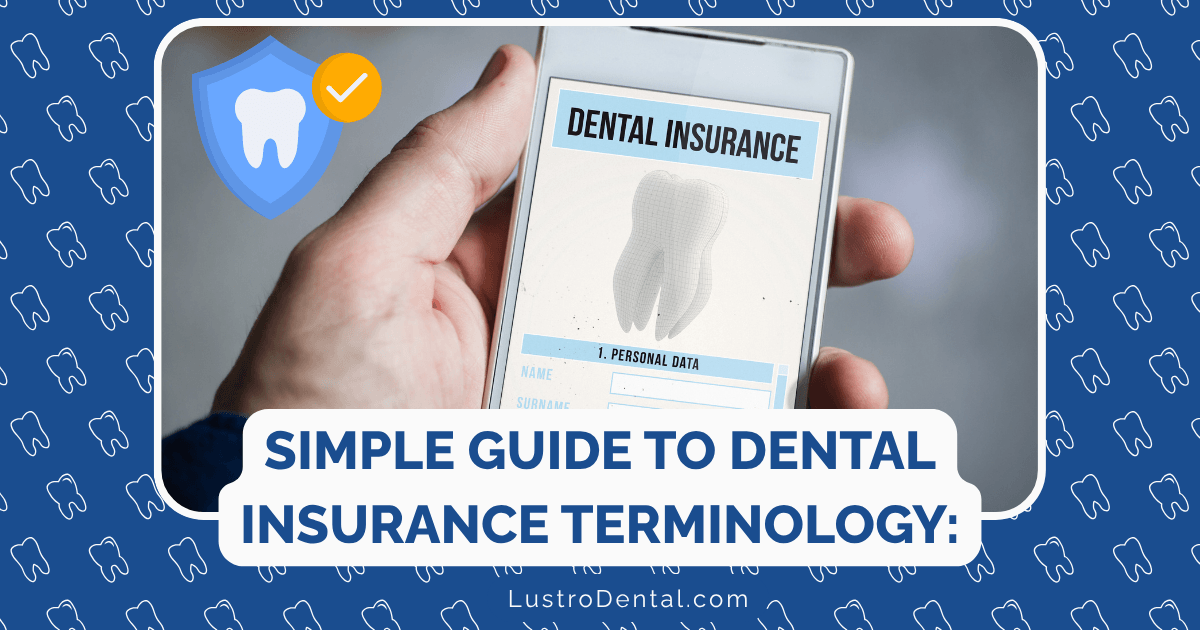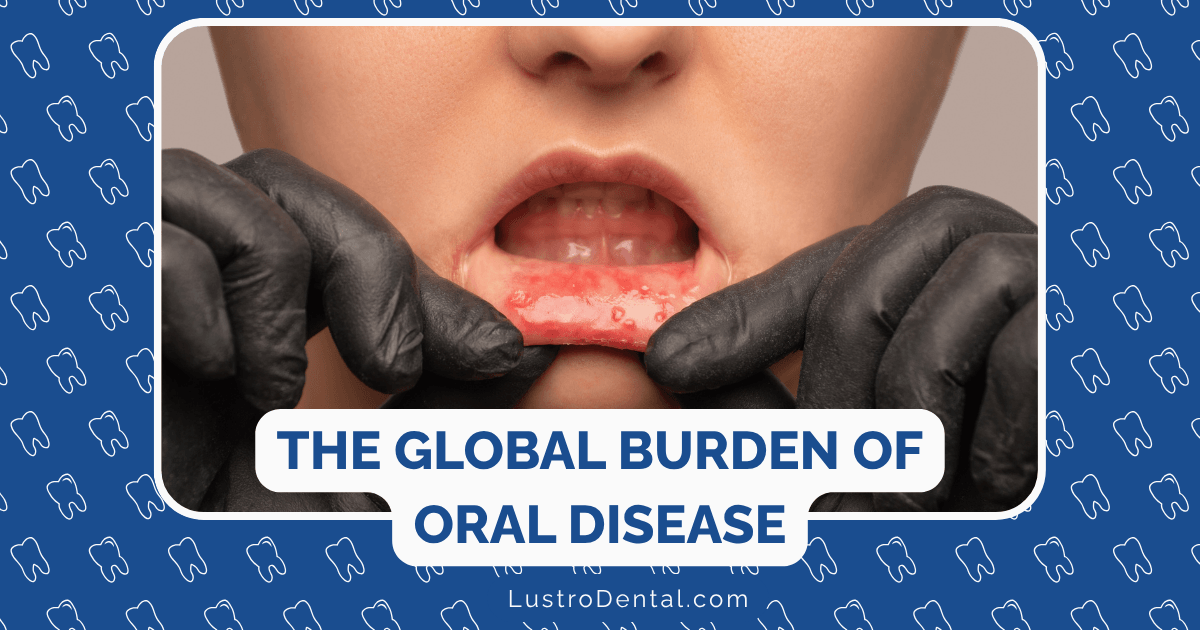Insurance Terms Every Dental Patient Should Understand

Have you ever stared at your dental insurance paperwork, feeling like you’re trying to decipher a foreign language? You’re not alone. Dental insurance terminology can be confusing, but understanding these terms is crucial for making informed decisions about your oral health care. Let’s break down the essential insurance terms every dental patient should know.
Why Understanding Dental Insurance Matters
Dental insurance can save you significant money, but only if you know how to use it effectively. According to the American Dental Association, patients who understand their dental benefits are more likely to seek preventive care and address dental issues before they become more serious and expensive.
When you understand your coverage, you can:
- Plan for out-of-pocket expenses
- Make informed decisions about treatment timing
- Avoid unexpected costs
- Maximize your benefits before they expire
The Fundamental Terms: Premiums, Deductibles, and Annual Maximums
Premium
What it is: The amount you pay (usually monthly) to have dental insurance.
In plain language: Think of this as your subscription fee for dental coverage. You pay this whether you use your dental benefits or not.
What you should know: Higher premiums typically mean better coverage or lower out-of-pocket costs when you receive care. The average dental insurance premium in 2025 ranges from $30 to $50 per month for individuals, according to MoneyGeek.
Deductible
What it is: The amount you must pay out-of-pocket before your insurance starts covering costs.
In plain language: It’s like a threshold you need to cross before your insurance kicks in. For example, if your deductible is $50, you’ll pay the first $50 of covered dental care for the year, and then your insurance will start paying its share.
What you should know: Dental deductibles are typically much lower than medical deductibles, usually ranging from $25 to $100 annually. Some plans waive the deductible for preventive services like cleanings and exams.
Annual Maximum
What it is: The maximum amount your dental insurance will pay for your dental care within a benefit year.
In plain language: This is your coverage ceiling. Once your insurance has paid this amount, you’re responsible for 100% of any additional costs until your plan resets, typically at the beginning of the calendar year.
What you should know: Most dental plans have annual maximums between $1,000 and $2,000. This hasn’t changed much in decades, despite rising dental costs. Once you reach this limit, consider scheduling major treatments in the next benefit year if possible.
Coverage Categories and Cost-Sharing
Coverage Categories
Most dental plans divide services into categories, each with different coverage levels:
Preventive/Diagnostic (Class I):
- Services: Regular exams, cleanings, X-rays
- Typical coverage: 80-100%
- Usually no waiting period
Basic Procedures (Class II):
- Services: Fillings, simple extractions, root canals
- Typical coverage: 70-80%
- May have a 3-6 month waiting period
Major Procedures (Class III):
- Services: Crowns, bridges, dentures, implants
- Typical coverage: 50%
- Often has a 6-12 month waiting period
Orthodontics (Sometimes Class IV):
- Services: Braces, aligners
- Typical coverage: 50% up to a lifetime maximum
- Often has a 12-month waiting period
Coinsurance
What it is: The percentage of costs you pay after meeting your deductible.
In plain language: This is your share of the bill. If your coinsurance for a filling is 20%, you pay 20% of the allowed amount while your insurance covers the remaining 80%.
What you should know: Coinsurance varies by procedure category. You’ll typically pay a higher percentage for major procedures than for preventive care.
Copayment
What it is: A fixed amount you pay at the time of service.
In plain language: This is your set fee per visit or procedure, regardless of the total cost. For example, you might pay a $20 copay for an exam.
What you should know: Copayments are more common in dental HMO plans than in PPO plans, which typically use coinsurance instead.
Network Terms: PPO, HMO, In-Network, and Out-of-Network
PPO (Preferred Provider Organization)
What it is: A dental plan that contracts with a network of dentists who agree to provide services at negotiated rates.
In plain language: These plans give you more flexibility in choosing your dentist but offer better coverage if you stay in-network.
What you should know: PPO plans typically have higher premiums but lower out-of-pocket costs when you visit in-network providers.
HMO (Health Maintenance Organization)
What it is: A dental plan that requires you to choose a primary dentist from a network and get referrals for specialist care.
In plain language: These plans are more restrictive but usually have lower premiums and predictable costs.
What you should know: With an HMO, you typically pay a fixed copayment for each service rather than a percentage of the cost.
In-Network
What it is: Dentists who have contracted with your insurance company to accept negotiated rates.
In plain language: These are the dentists on your insurance plan’s “preferred list.”
What you should know: Visiting in-network dentists will almost always cost you less out-of-pocket because they’ve agreed to accept your insurance company’s allowed amounts.
Out-of-Network
What it is: Dentists who haven’t contracted with your insurance company.
In plain language: These dentists aren’t on your insurance plan’s list.
What you should know: If you see an out-of-network dentist, you’ll typically pay more. Your insurance may pay a lower percentage of the cost, or they may base coverage on their UCR fee (more on that below), which could be less than what your dentist charges.
Understanding Fee Structures
UCR (Usual, Customary, and Reasonable) Fees
What it is: The amount your insurance company considers appropriate for a dental service in your geographic area.
In plain language: This is what your insurance thinks is a fair price for a dental procedure.
What you should know: If your dentist charges more than the UCR fee and you’re seeing them out-of-network, you’ll be responsible for the difference (balance billing).
Fee Schedule
What it is: A list of covered procedures and how much the insurance will pay for each.
In plain language: This is your insurance company’s price list for dental procedures.
What you should know: In-network dentists agree to accept these fees as payment in full (after your deductible and coinsurance).
Special Terms and Provisions
Waiting Period
What it is: A specified time after enrolling in a plan before certain benefits become available.
In plain language: This is a dental insurance “probation period” before you can use certain benefits.
What you should know: Waiting periods typically apply to basic and major services, not preventive care. They can range from 3 to 12 months and are designed to prevent people from signing up for insurance only when they need expensive treatment.
Pre-Existing Condition
What it is: A dental condition that existed before you enrolled in a dental plan.
In plain language: These are dental issues you already had when you got your insurance.
What you should know: Unlike medical insurance, dental plans can exclude coverage for pre-existing conditions or impose waiting periods before covering them.
Predetermination of Benefits
What it is: A process where your dentist submits a treatment plan to your insurance company before performing the work.
In plain language: This is like getting pre-approval to see what your insurance will cover.
What you should know: While not usually required, a predetermination gives you an estimate of your out-of-pocket costs before treatment begins. For expensive procedures, this can help avoid financial surprises.
Alternative Benefit Provision
What it is: A clause that allows the insurance company to pay for the least expensive treatment that would produce similar results.
In plain language: This means your insurance might only cover a silver filling even if you choose a white one.
What you should know: This provision can significantly impact your out-of-pocket costs for procedures where multiple treatment options exist.
Maximizing Your Dental Benefits
Understanding these terms helps you make the most of your dental insurance:
- Use your preventive benefits. Most plans cover preventive care at 100% with no deductible. These services help catch problems early.
- Plan major treatments strategically. If you’re close to your annual maximum, consider scheduling some work in December and some in January to use two years of benefits.
- Ask for a predetermination. For any significant dental work, request that your dentist submit a predetermination to understand your out-of-pocket costs in advance.
- Check for frequency limitations. Many plans limit how often certain procedures are covered (e.g., two cleanings per year, X-rays every 3-5 years).
- Consider FSA or HSA funds. These tax-advantaged accounts can help cover dental costs that insurance doesn’t.
According to Delta Dental, one of the nation’s largest dental insurers, many patients leave hundreds of dollars in dental benefits unused each year simply because they don’t understand their coverage.
The Bottom Line
Dental insurance terminology doesn’t have to be intimidating. By understanding these key terms, you can make informed decisions about your dental care, avoid unexpected costs, and maximize your benefits.
Remember, your dental office’s billing coordinator or insurance specialist can be an excellent resource for questions about your specific coverage. Don’t hesitate to ask for clarification before agreeing to treatment.







